My Cooling Odyssey
PecanWaffle
10 years ago
Related Stories
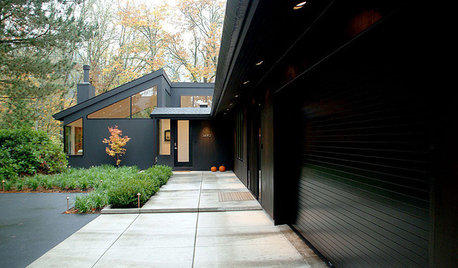
EXTERIORSHome Noir: Black Exteriors Emerge From the Shadows
People are darkening their doorsteps more and more around the U.S. — but is the trend a bright idea?
Full Story
NEUTRAL COLORSHow to Bring Beige Walls to Life
Go for sprightly instead of snoozy by pairing beige walls with higher-octane hues
Full Story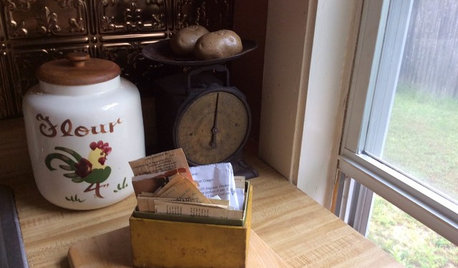
KITCHEN DESIGN5 Home Cooks Share Their Favorite Family Recipes
Peek inside the kitchens of these Houzz users and learn how to cook their time-tested, passed-down dishes
Full Story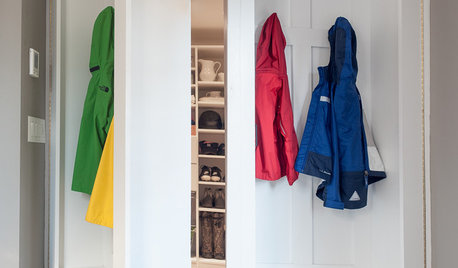
MUDROOMSRoom of the Day: This Mudroom Is Just Plain Hot
Wait till you see what’s behind the hooks and bins in this genius family drop zone
Full Story
FURNITURE9 Elements of the Perfect Man Chair
Give a guy rugged good looks and a place to rest his arms, head and feet
Full Story
FEEL-GOOD HOME21 Ways to Waste Less at Home
Whether it's herbs rotting in the fridge or clothes that never get worn, most of us waste too much. Here are ways to make a change
Full Story
FUN HOUZZ10 Fabulously Fanciful Bedrooms
Embark on a trip to sleeping spaces that dare to dream, far from the shores of traditional
Full Story
LIFEThe Moving-Day Survival Kit: Lifesaving Items and Niceties
Gather these must-haves in advance for a smooth move and more comfortable first days in your new home
Full Story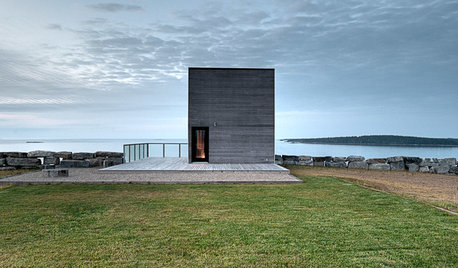
ARCHITECTUREAll the Possibilities: 4 Homes at the Edge of the Earth
Travel to the far reaches of land, where these residences straddle rocky cliffs, leafy lakeshores and choppy inlets
Full StoryMore Discussions






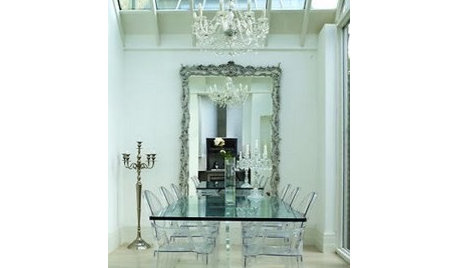
mike_home
roadking
Related Professionals
Belleville Solar Energy Systems · Fontana Solar Energy Systems · Eden Prairie Solar Energy Systems · Englewood Home Automation & Home Media · Grand Rapids Home Automation & Home Media · Plant City Home Automation & Home Media · Richfield Home Automation & Home Media · Surfside Home Automation & Home Media · Town 'n' Country Home Automation & Home Media · Wheaton Home Automation & Home Media · Beaufort Fireplaces · Canton Fireplaces · Farmington Fireplaces · West Valley City Fireplaces · Chester Fireplacesionized_gw